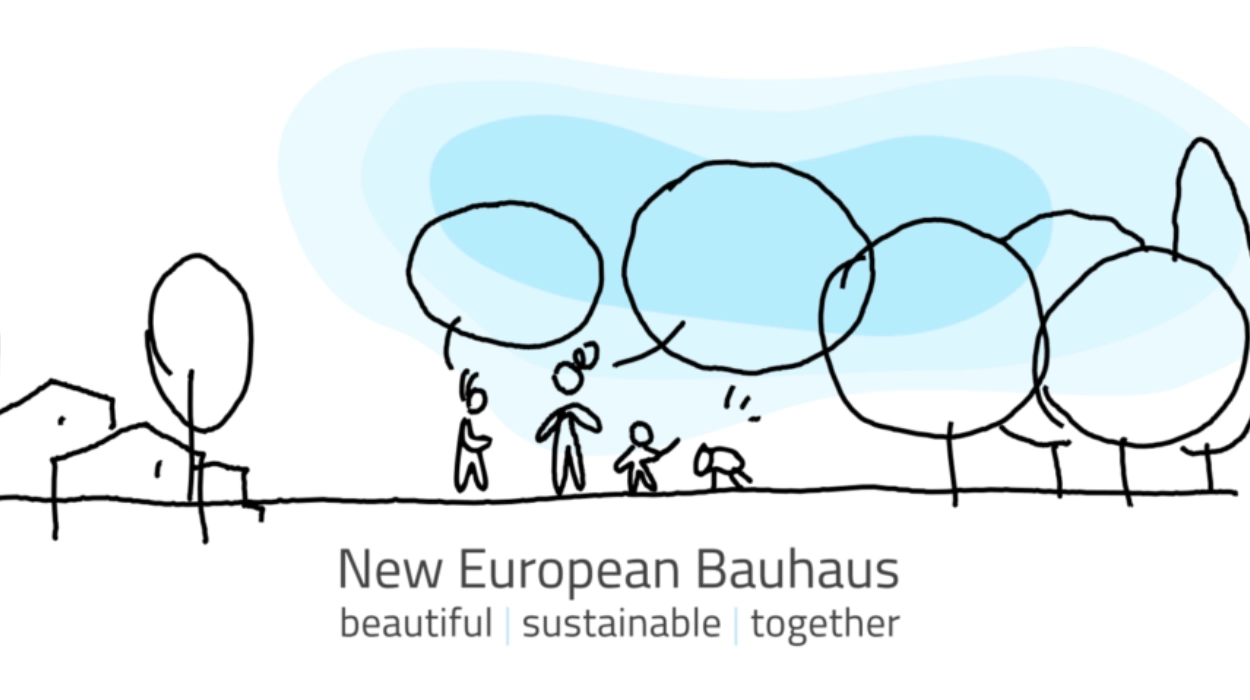Brussels (The Brussels Morning Newspaper) – The European Commission’s New European Bauhaus Investment Guidelines aim to integrate sustainability, inclusion, and aesthetics in investments, transforming Europe’s built environment through collaborative efforts.
How Can NEB Investment Guidelines Transform Europe’s Built Environment?
The European Commission has assumed the New European Bauhaus (NEB) Investment Guidelines, a mechanism to demonstrate how public and private investments can incorporate the values of sustainability, inclusion and aesthetics facilitated by the NEB to alter Europe’s built environment.
The NEB Investment Guidelines result from close collaboration between the EU Commission and JASPERS (Joint Assistance to Support Projects in European Regions), an advisory programme sponsored by the Commission and the European Investment Bank.
How Do NEB Guidelines Encourage Sustainable and Inclusive Investments?
The guidelines supply investors and developers with the best techniques and quality guarantees to place the NEB into practice and encourage investments that transform buildings, open spaces and neighbourhoods while integrating aesthetical aspiration, commitment to sustainability and commitment to social values, inclusion, affordability and accessibility.
The guidelines reinforce the NEB’s goals, helping build projects that back the positive transformation of societies. All EU Member States are anticipated to go through large rounds of investments in the built environment to handle challenges such as climate neutrality, adaptation to climate change, quick urbanisation, reaction to humanitarian crises, as well as accessibility and affordability of bearable high-quality housing, construction and renovation.
What Benefits Do NEB Guidelines Offer Investors and Developers?
Executing the NEB values and principles in private and public investments can convey benefits if additional measures are put towards higher quality. By adopting the NEB values and principles, the guidelines allow investors to understand qualitative benefits and mitigate costs, supporting them in implementing schemes that would be long-lasting, going beyond purely financial concerns. By integrating aesthetics, sustainability and inclusiveness, the NEB counts a unique quality to investment tasks, making them demanding to investors aiming for sustainable and impactful projects.
In the next steps, the New European Bauhaus Investment Guidelines are designed as a practical tool that will back increase investment in NEB tasks along the NEB Facility and other EU programmes as well as other budget-supporting NEB implementation in the years ahead.
They are anticipated to facilitate crowding in investments to urban and rural areas, including remote or marginalised regions, thereby providing economic prospects fostering inclusive growth for communities on the ground and encouraging balanced territorial development.
What Is the Goal of the New European Bauhaus Initiative?
Established by the European Commission in 2021, the New European Bauhaus is an EU policy and funding endeavour that strives to transform the built environment, leading to holistically thought and planned buildings, open spaces and neighbourhoods under the EU Green Deal transition.
The built environment as a significant economic sector heavily influences resources, the environment and climate change. It meets the high demand for new and updated assets due to population evolution and increasing urbanisation. At the same time, it affects individual well-being and societal operation.



